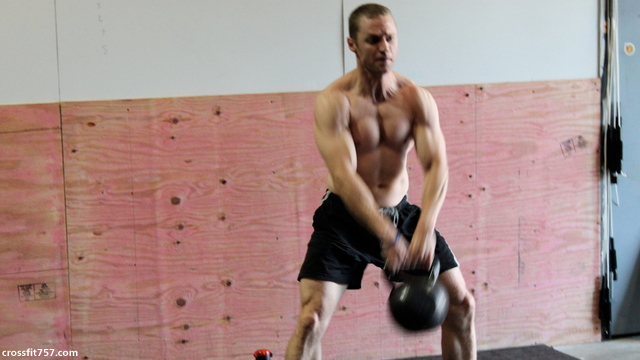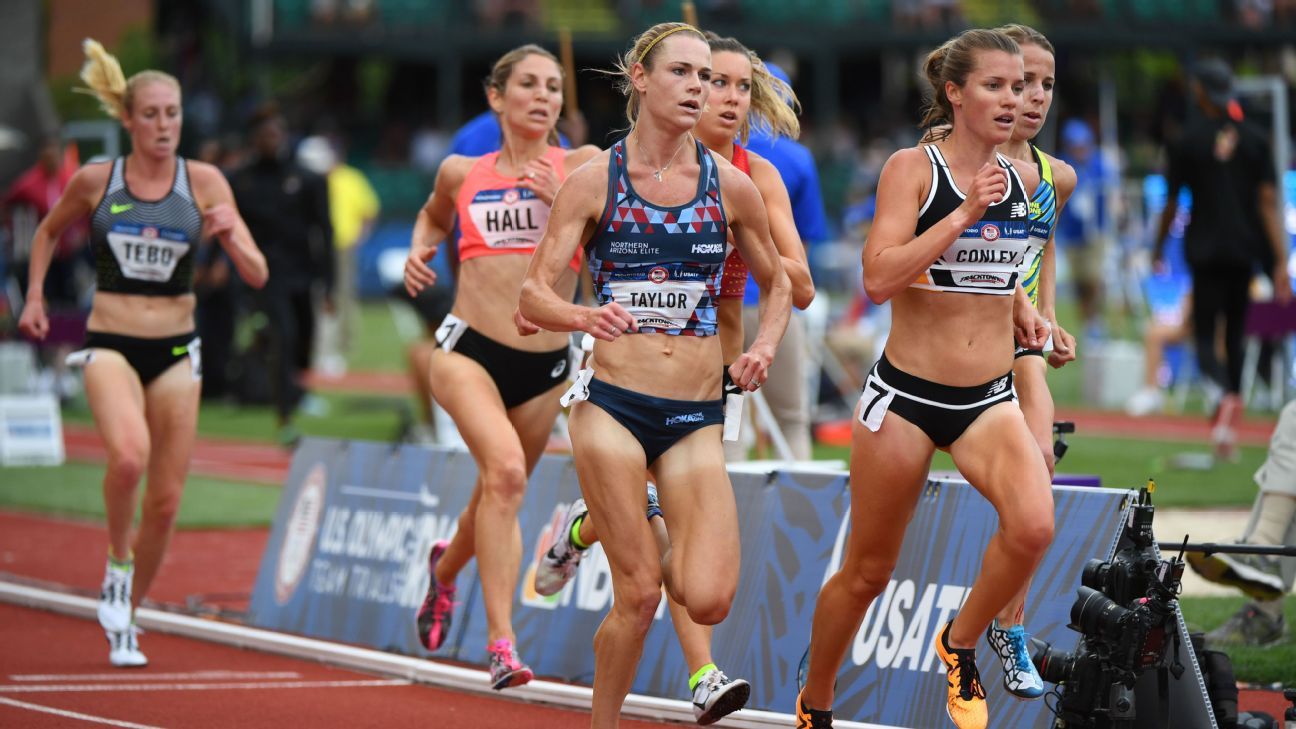DaveS
Level 3 Valued Member
Hi all,
I've been revising my training routine over the last few months and easing my way back into training after a long layoff being repeatedly ill.
The routine im currently doing focuses on Kb Snatches, Pullups OAPUs and Pistols.
As i build back ill be adding weight to these (already am with Pistols) and it got me thinking, what are the known limits for weighted calisthenic strength? Im getting way ahead of myself but couldnt help wdering and trying to do calculations to approximate barbell strength standards but with weighted calisthenics and it automatically lead to that curiosity of just how much weight have people been able to do witht these moves?
In a powerlifting context its not difficult to look up raw natural world records and get a feel for it as so much is recorded for BP, Squat and Deadlifts but what about the calistheic equivilents?
Like if i built up to doing pistols with 2 x 32kg kettlebells racked (have done a less than technically perfect rep with 2 x 24kg pistols i. The distant past) combined with approximately half my bodyweight (75kg) would equate to over 100kg of load on one leg for as deep a squat as you can get, the equivalent of 200kg for two legs and so would represent 2.3 times my bodyweight and this as a front squat not a back squat! Add in the instability aspects etc and that would be a strong squat but how far have peop,e gone with it already? What about with a weighted OAPU and Pullup? One arm pullups seem to be towards the edge of strength limits for all but the skinniest rockclimbers but ive not seen many talk about weighted OAPUs and how much weight they could add yet it seems a legit move to do as a BP calisthenic substitute and Pavel emntions it as an option for increasing difficulty in NW.
Anyway enough ramblings, you get the picture, any thoughts strongfirst people?
Dave.
I've been revising my training routine over the last few months and easing my way back into training after a long layoff being repeatedly ill.
The routine im currently doing focuses on Kb Snatches, Pullups OAPUs and Pistols.
As i build back ill be adding weight to these (already am with Pistols) and it got me thinking, what are the known limits for weighted calisthenic strength? Im getting way ahead of myself but couldnt help wdering and trying to do calculations to approximate barbell strength standards but with weighted calisthenics and it automatically lead to that curiosity of just how much weight have people been able to do witht these moves?
In a powerlifting context its not difficult to look up raw natural world records and get a feel for it as so much is recorded for BP, Squat and Deadlifts but what about the calistheic equivilents?
Like if i built up to doing pistols with 2 x 32kg kettlebells racked (have done a less than technically perfect rep with 2 x 24kg pistols i. The distant past) combined with approximately half my bodyweight (75kg) would equate to over 100kg of load on one leg for as deep a squat as you can get, the equivalent of 200kg for two legs and so would represent 2.3 times my bodyweight and this as a front squat not a back squat! Add in the instability aspects etc and that would be a strong squat but how far have peop,e gone with it already? What about with a weighted OAPU and Pullup? One arm pullups seem to be towards the edge of strength limits for all but the skinniest rockclimbers but ive not seen many talk about weighted OAPUs and how much weight they could add yet it seems a legit move to do as a BP calisthenic substitute and Pavel emntions it as an option for increasing difficulty in NW.
Anyway enough ramblings, you get the picture, any thoughts strongfirst people?
Dave.






